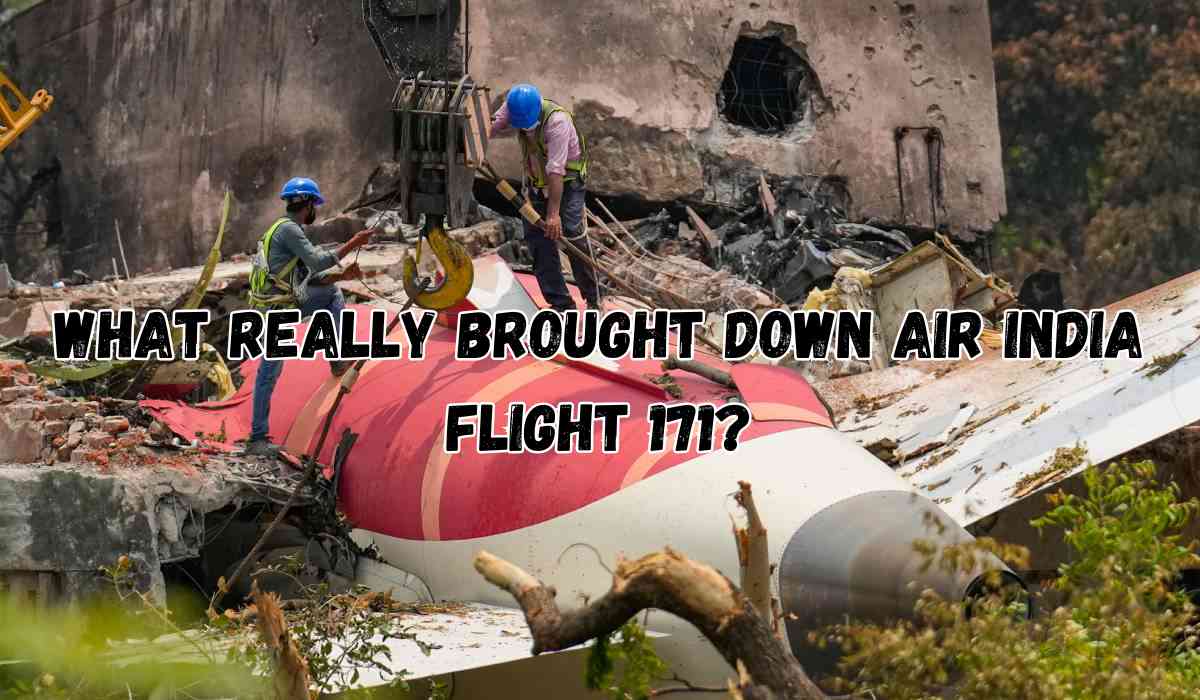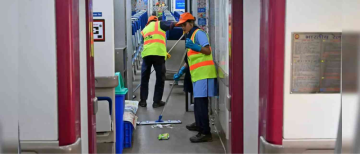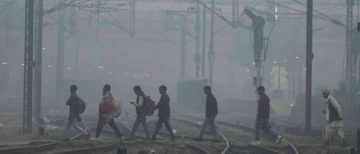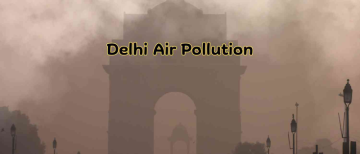On June 12, 2025, India witnessed one of its deadliest aviation tragedies in recent years—the catastrophic crash of Air India Flight AI-171. The London-bound Boeing Dreamliner 787-8 plunged into a residential area in Ahmedabad shortly after takeoff, leaving the nation in shock and raising critical questions about air safety, technical failure, and even possible sabotage. As investigators work tirelessly to unravel the mystery, multiple angles—including rare engine failure, pilot distress, and intentional sabotage—are being examined.
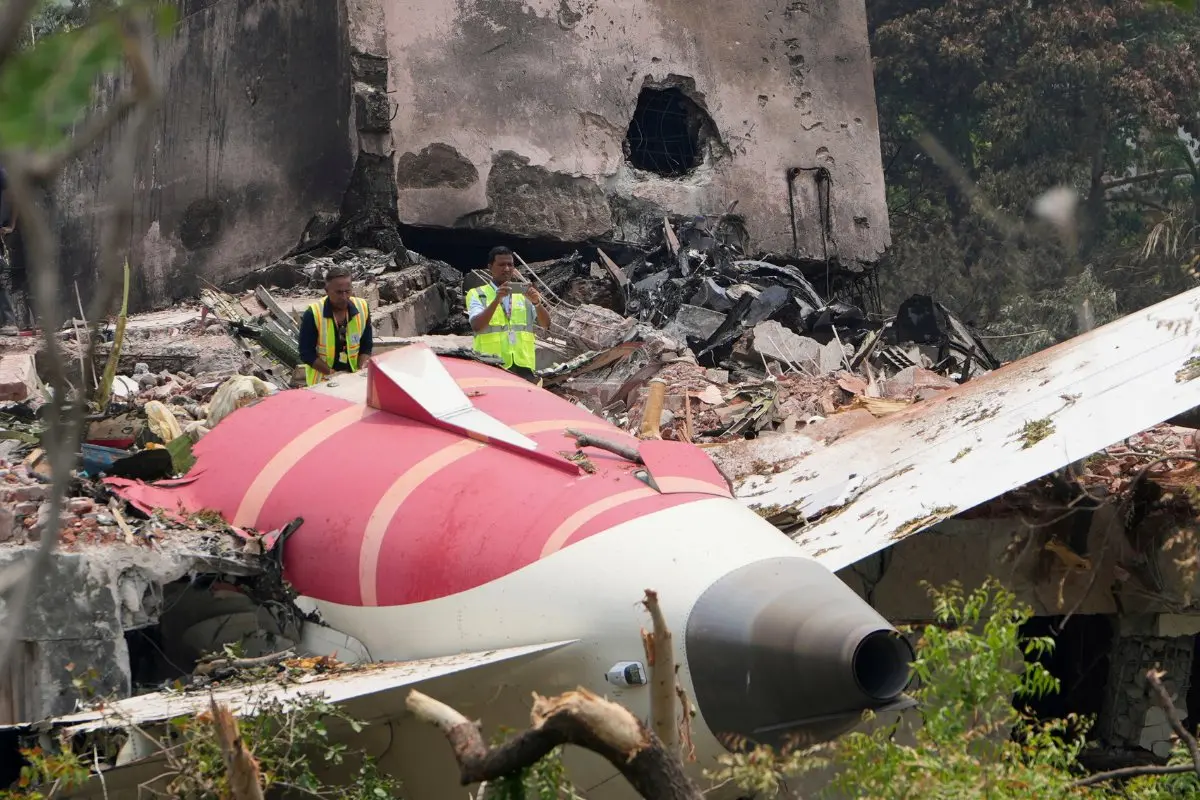
Also read: Air India's Mid-Air Crisis– 7 flights within 5 days face technical snags
What Happened on June 12?
At approximately 1:30 PM, Air India Flight AI-171 took off from Sardar Vallabhbhai Patel International Airport, Ahmedabad, with 242 passengers and crew on board. Within moments, the aircraft experienced a sudden and catastrophic drop in altitude. Eyewitnesses reported hearing a loud boom as the plane nosedived into the BJ Medical College residential quarters in Meghaninagar, bursting into flames and leaving behind widespread devastation.
A distress “Mayday” call was reportedly issued by the pilot shortly after takeoff, indicating a serious in-flight emergency. Despite attempts to regain control, the aircraft crashed, killing 241 of the 242 people onboard. Tragically, 19 individuals on the ground also lost their lives, bringing the confirmed death toll to 260. Gujarat officials later confirmed that all the victims’ bodies had been recovered and identified, and their mortal remains had been handed over to families.
The First Fatal Crash Involving a Boeing 787-8 Dreamliner
This incident marks the first-ever fatal crash involving the Boeing 787-8 Dreamliner—a model known globally for its advanced technology and strong safety record. The aircraft's powerful engines and state-of-the-art design made the simultaneous failure of both engines particularly unusual and concerning.
Minister of State for Civil Aviation, Murlidhar Mohol, referred to the incident as a “rare case” and expressed shock that both engines reportedly failed together. “It has never happened that both engines shut down simultaneously,” he stated, underlining the extraordinary nature of the malfunction. This rare possibility is now at the centre of the official investigation.
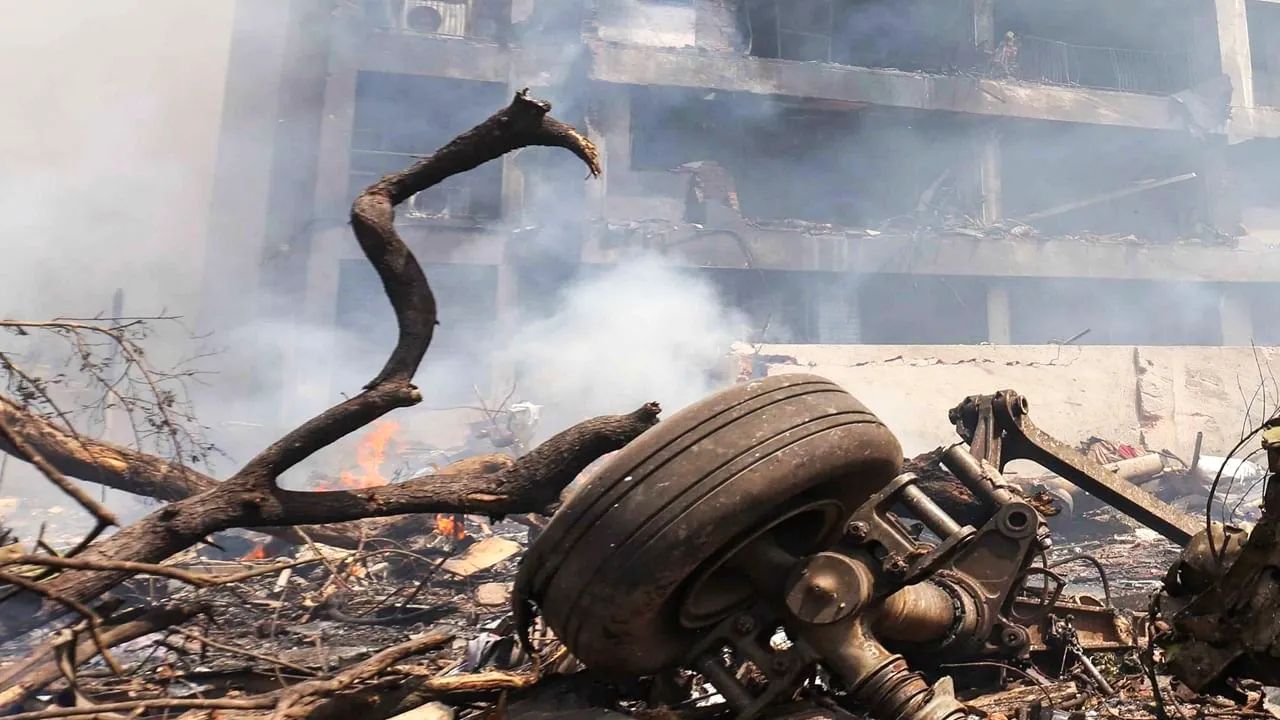
Inside the Investigation: Multiple Angles, One Goal—The Truth
The Aircraft Accident Investigation Bureau (AAIB), India’s premier agency for aviation crash probes, was tasked with leading the investigation. Officials confirmed that the cockpit voice recorder (CVR) and flight data recorder (FDR)—commonly referred to as black boxes—were recovered from the crash site and immediately sent to Delhi for analysis.
On June 24, data extraction from the black boxes began with the assistance of Indian experts and representatives from the United States National Transportation Safety Board (NTSB). According to a statement from the Civil Aviation Ministry, the memory module was successfully accessed and the data downloaded by June 25 at the AAIB lab.
A multi-disciplinary team was formed on June 13, just one day after the crash. The team includes technical personnel, a specialist in aviation medicine, and an air traffic control officer, along with international experts—reflecting the complexity and importance of the investigation. The probe follows international guidelines established by the International Civil Aviation Organization (ICAO).
Sabotage: A Disturbing Possibility Under Scrutiny
One of the most alarming developments in the investigation is the potential angle of sabotage. Civil aviation minister Murlidhar Mohol confirmed that all possibilities, including sabotage, are being considered. “It is being probed from all angles, including any possible sabotage,” he stated. CCTV footage from the airport and other sources are being closely examined, and multiple agencies are involved in the probe.
While officials remain cautious in making premature conclusions, the mere inclusion of sabotage as a possibility underscores the seriousness of the case. Investigators are also reviewing airport surveillance footage, air traffic communications, and environmental factors present during takeoff.

What Could Have Gone Wrong?
Experts and aviation analysts have proposed a variety of potential causes behind the crash. Apart from sabotage, the investigation is also considering:
-
Simultaneous Engine Failure: Extremely rare, especially in modern aircraft like the Boeing 787-8.
-
Fuel Supply Malfunction: Could potentially cause sudden loss of thrust.
-
System Malfunction: A critical software or hardware failure could have impaired control.
-
Human Error: Possible pilot misjudgment or delay in response.
-
Unusual Flap and Gear Settings: Sources have indicated that the landing gear may have remained extended—a condition that could cause drag and reduce lift.
-
Maintenance Gaps: The aircraft's maintenance logs and crew actions prior to takeoff are under examination.
-
Bird Hit: Officially ruled out as a possible cause.
Veteran aviation safety expert Amit Singh noted that the 787’s engines are “extremely powerful,” and it's difficult to speculate without complete black box data. “It looks like the pilot could not get adequate thrust and realised the issue immediately after takeoff,” he said.
Safety Reassurances and Aircraft Inspections
In response to growing public concern, Minister Mohol assured that safety inspections were conducted across all 33 Boeing Dreamliners in Air India’s fleet. These inspections, led by the Directorate General of Civil Aviation (DGCA), found no safety issues, allowing operations to continue as normal. “Everything was found safe. People are no longer scared and are travelling comfortably,” he stated.

When Will the Final Report Be Released?
The black boxes, which are currently under analysis in India, will not be sent abroad for decoding, Minister Mohol clarified, dismissing earlier reports suggesting otherwise. “It will not go anywhere. We will conduct the entire investigation here,” he asserted.
According to the aviation ministry, a comprehensive crash report is expected within three months. This report will offer conclusive answers about the cause of the crash and outline recommendations to prevent future tragedies.
A Nation Awaits Answers
The Air India Flight 171 disaster is a sobering reminder of how even the most advanced aviation technologies are not immune to catastrophe. As families grieve the loss of their loved ones and the aviation community reflects on this unprecedented event, the nation looks to the ongoing investigation for clarity, accountability, and closure.
With sabotage still on the table and many unanswered questions, the coming months are critical—not just for determining what went wrong, but also for restoring public trust in Indian aviation. The world watches closely, hoping that this tragic chapter leads to improved safety protocols, better oversight, and justice for those who lost their lives.
With inputs from agencies
Image Source: Multiple agencies
© Copyright 2025. All Rights Reserved Powered by Vygr Media.

